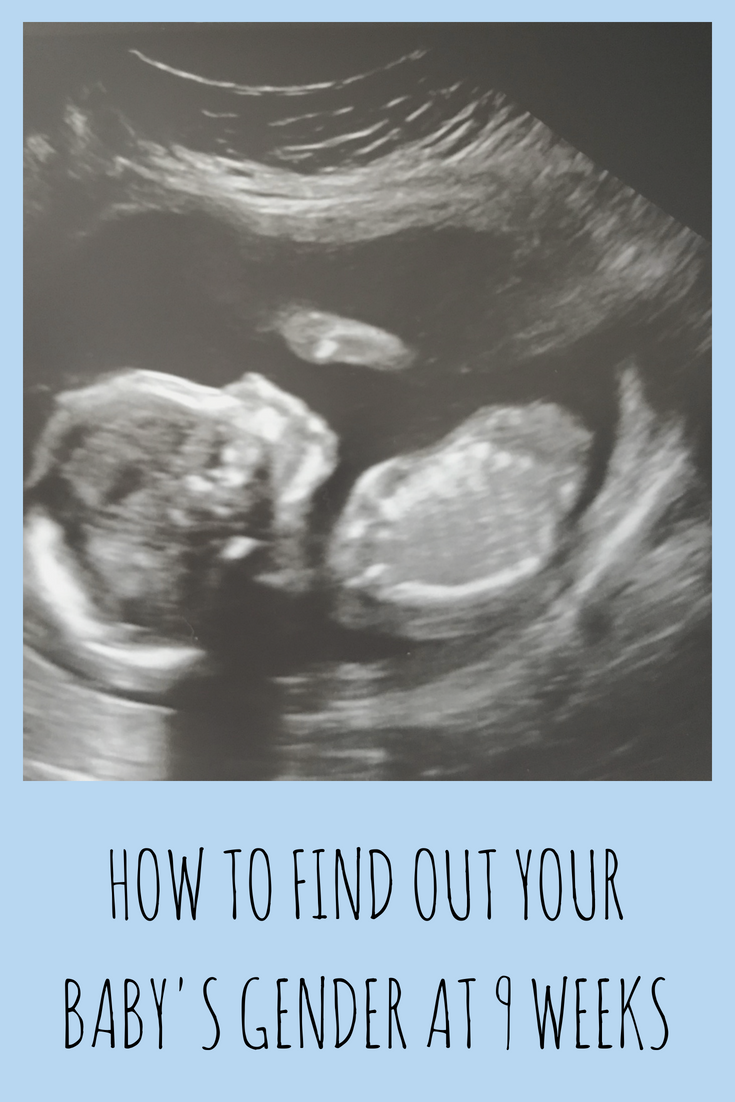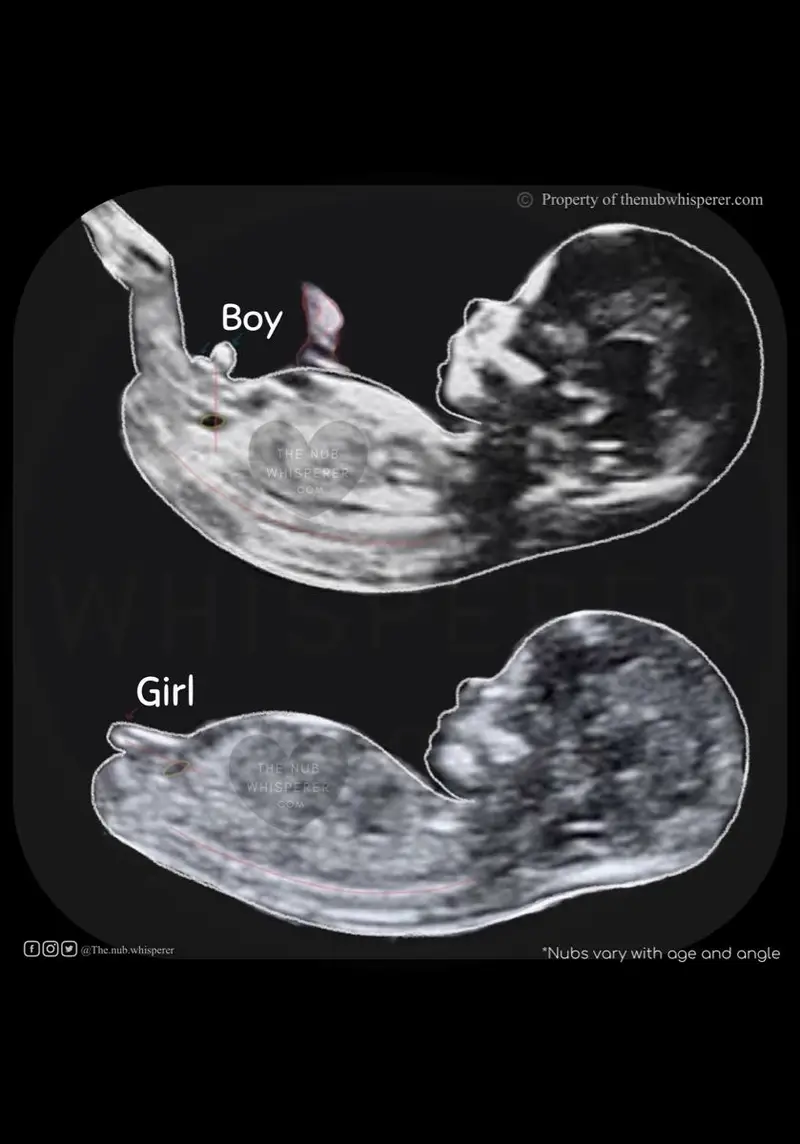Ways To Tell The Sex Of Your Unborn Baby

Imagine the soft flutter of tiny kicks, the rhythmic thump-thump of a minuscule heartbeat on the monitor. A swell of anticipation fills the room as you and your partner gaze at the blurry black and white image, a precious mystery unfolding before your eyes. One question, whispered in hushed tones, hangs in the air: "Is it a boy or a girl?"
Discovering the sex of your unborn baby is a significant milestone in pregnancy, offering expectant parents an opportunity to bond with their child, personalize the nursery, and perhaps most importantly, satisfy their immense curiosity. This article explores the various methods available to reveal this exciting information, from time-honored traditions to cutting-edge scientific advancements.
The Evolution of Gender Reveal Methods
For centuries, expectant parents relied on folklore and old wives' tales to predict their baby's sex. These methods, ranging from carrying high or low to craving sweet or savory foods, offered a sense of anticipation but lacked scientific accuracy.
With the advent of modern medicine, more reliable techniques emerged, transforming the guessing game into a process grounded in scientific principles.
Ultrasound: A Visual Window
The ultrasound, a non-invasive imaging technique, has become a routine part of prenatal care. Typically performed around 18-20 weeks of gestation, a skilled sonographer can often identify the sex of the baby by examining the genitalia.
While generally accurate, the clarity of the image and the baby's position can influence the reliability of the results. Sometimes, little ones are shy and cross their legs at the crucial moment!
Non-Invasive Prenatal Testing (NIPT): Early and Accurate
For those eager to know earlier, Non-Invasive Prenatal Testing (NIPT) offers a highly accurate option. This blood test, typically performed from around 10 weeks of pregnancy, analyzes fetal DNA present in the mother's bloodstream.
NIPT not only reveals the baby's sex with remarkable precision but also screens for certain chromosomal abnormalities like Down syndrome. According to the American College of Obstetricians and Gynecologists (ACOG), NIPT is a reliable screening tool, but confirmatory diagnostic testing might be recommended based on the results.
Chorionic Villus Sampling (CVS) and Amniocentesis: Diagnostic Accuracy
Chorionic Villus Sampling (CVS) and Amniocentesis are invasive diagnostic procedures primarily performed to detect chromosomal or genetic abnormalities. While they also reveal the baby's sex with almost 100% accuracy, they are generally reserved for pregnancies with a higher risk of genetic conditions.
CVS is usually performed between 10 and 13 weeks, while Amniocentesis is typically done between 15 and 20 weeks. Both procedures carry a small risk of miscarriage, and the decision to undergo them should be made in consultation with a healthcare provider.
The Significance Beyond the Reveal
While discovering the sex of your baby is undeniably exciting, it's important to remember that the ultimate joy lies in the anticipation of welcoming a new life into the world. The information gained allows for a deeper connection during pregnancy.
It enables parents to envision their child's future, personalize their surroundings, and perhaps most significantly, mentally prepare for the unique journey of raising either a son or a daughter. It's a time for bonding, dreaming, and embracing the unknown.
Ultimately, regardless of whether you paint the nursery blue or pink, the most important thing is to prepare your heart to welcome the precious new addition to your family. That little bundle of joy will soon fill your world with a love unlike any other.


















